How the Gorenje washing machine works
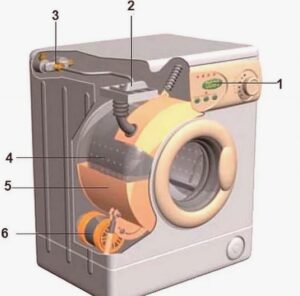 Even experienced users find it difficult to understand modern washing machines, because every year they become more complex and more functional. But this does not mean that it is pointless to try to understand how the Gorenje washing machine works. This useful knowledge will allow you not only to independently diagnose breakdowns of the “home assistant”, but also to cope with simple damage on your own, saving the family budget on calling a service center specialist. That is why today we will analyze in detail the design of household appliances from the Gorenje brand.
Even experienced users find it difficult to understand modern washing machines, because every year they become more complex and more functional. But this does not mean that it is pointless to try to understand how the Gorenje washing machine works. This useful knowledge will allow you not only to independently diagnose breakdowns of the “home assistant”, but also to cope with simple damage on your own, saving the family budget on calling a service center specialist. That is why today we will analyze in detail the design of household appliances from the Gorenje brand.
Operation of the Gorenje machine
Only from the outside, the operating principle of a modern washing machine may seem complicated, but once you study it a little, the questions will disappear by themselves. The process of any washing begins with loading dirty laundry into the SM drum, and even at this stage many mistakes can be made, for example, if you do not take into account the minimum and maximum capacity of the drum. Next, you should add household chemicals to the powder receptacle, usually washing powder or gel, as well as fabric softener. Finally, all that remains is to select the appropriate work cycle, configure additional options and start the wash with the “Start” button. What happens next in an automatic washing machine?
- After starting the working cycle, the control board of the device supplies power to the UBL so that the machine door is locked not only with a mechanical lock, but also with an electronic hatch locking device. The block using UBL will not allow the user to accidentally open the door during operation.
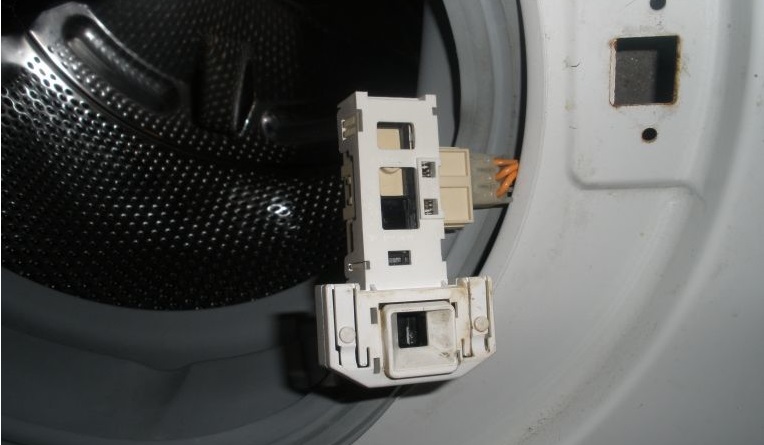
- Then the drain pump in the device will be activated, which will eliminate all the remaining waste liquid from the tank, which will not allow dirty water left over from the last wash to get on your clothes.
Just in case, the pump will work even if there is no dirty water left in the system from the previous operating cycle.
- Next, the control module activates the fill valve so that it opens and thus allows clean water to begin flowing into the system.

- Water will then enter the drum through the powder receptacle to pick up the detergent needed for effective washing.
- At the same time, the drum will begin to rotate slowly so that the laundry can get wet evenly.
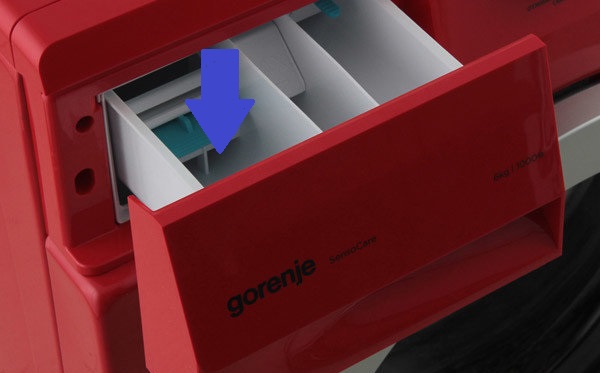
- Water will stop flowing into the system only when a special level sensor indicates that there is enough liquid for the selected operating cycle.
- At this stage, the pressure switch will inform the control module that the liquid has been filled, so the fill valve can be closed again.
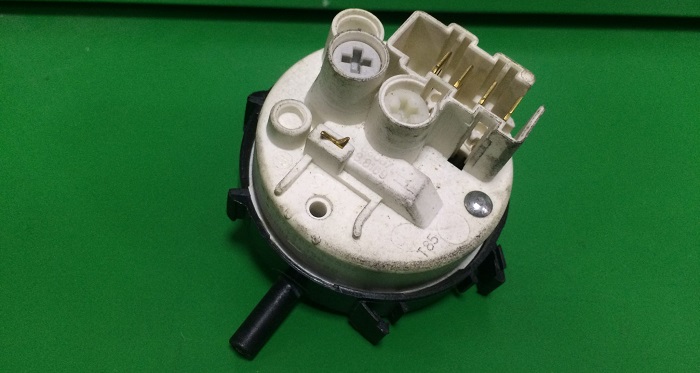
- Afterwards, the control module will not only close the fill valve, but also start the electric motor to fully operate so that the drum begins to rotate at full speed.
Each working cycle of the Gorenje washing machine is designed for specific tasks, therefore the rotation of the drum will always be different - changing either the direction of rotation or the speed.
- The operating principle of a modern washing machine drum is based on direct drive technology. The inverter electric motor of the automatic transmission is connected to the drum not through a drive belt, but directly. That is why, after a signal from the control board, the motor immediately starts working with the drum pulley.
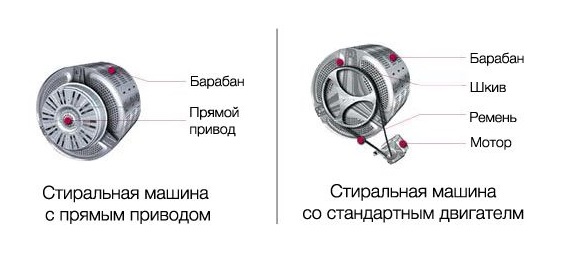
- As soon as the main wash phase is completed, the device will send all waste water to the drain using a drain pump, which will receive a corresponding signal from the control module.
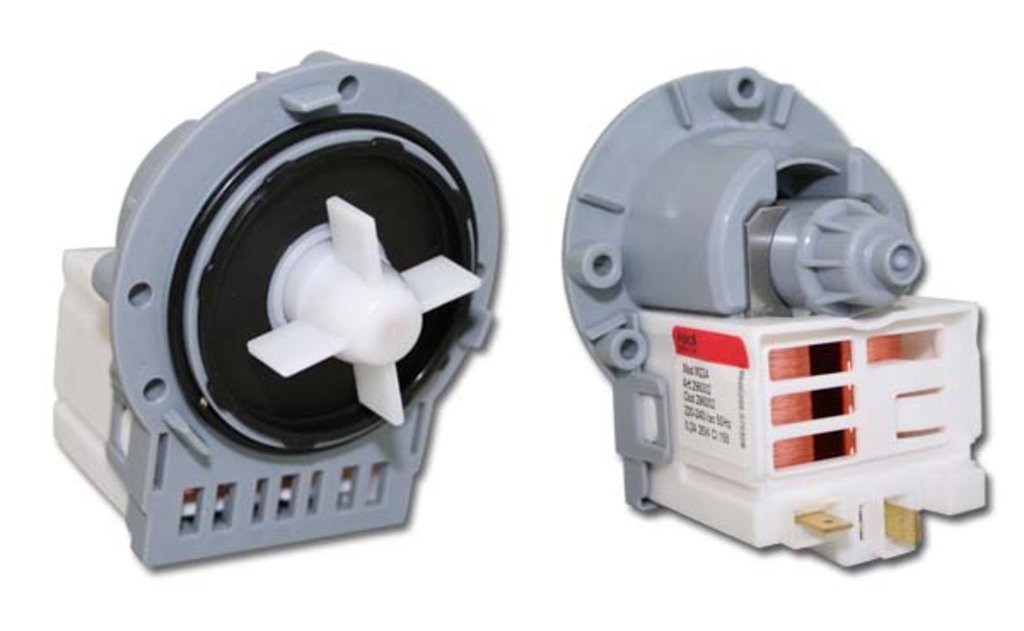
- Then the filling valve will receive another order to draw clean water from the water supply, which is necessary in order to quickly flush the tank, and then drain the dirty liquid into the sewer again.
- The next step is another addition of water, this time in larger quantities, to effectively rinse the clothes that have detergent left on them after washing.
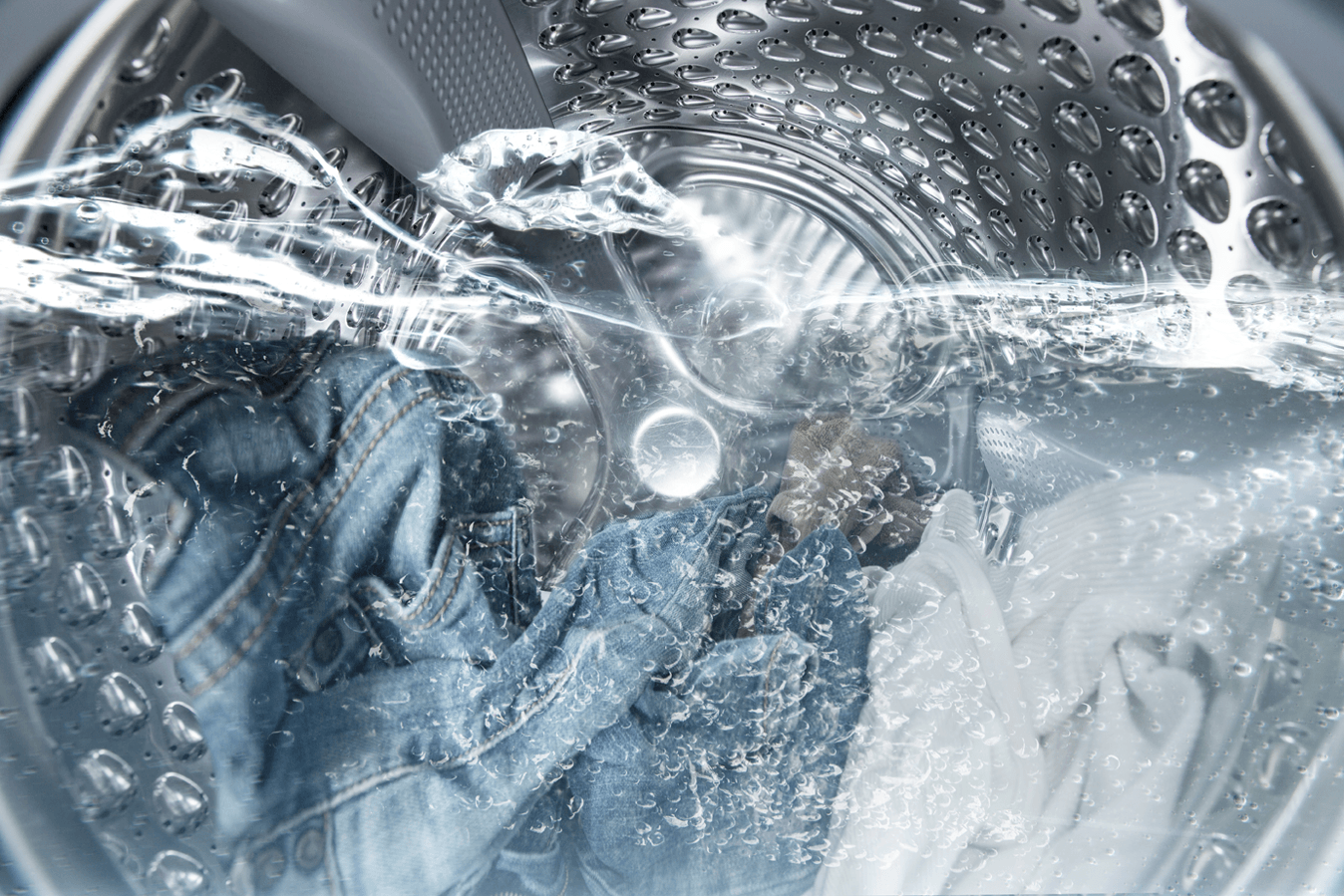
- The machine will remove household chemicals from the fabric fibers, and then send the dirty liquid back to the drain.
- When there is no water left, the control module will start the spin cycle, the speed of which depends not only on the settings of the working cycle or the user, but also on the characteristics of the household appliance. So, the spin speed can start at 800 rpm and immediately reach 2000.
A high spin speed means not only the quick removal of moisture, but also a high risk of ruining the item, especially if it is made from delicate fabrics, so experts advise spinning items made from fragile materials at minimum speed.
- The clothes are wrung out using centrifugal force, which literally pushes the liquid out of the laundry. Due to the high speed of spinning of the drum during the spin phase, the washing machine can make a lot of noise, shake and even bounce in place, which never happens during washing if the machine is working properly and installed correctly.

- As soon as things get rid of excess moisture, the control module activates the pump again to eliminate the waste liquid.
- Finally, the control board will indicate completion of work with a characteristic sound signal and turn off the device.
The user will only have to wait until the door lock is released. This usually takes several minutes, during which the bimetallic plate inside the UBL cools down.
Why is the “stone” screwed to the SM Gorenje tank?
Often, users want to personally examine the key components of the Gorenje washing machine in order to get an impression of its design. Of course, to do this you need to open the top panel of the SM case, which does not pose any threat if the warranty period has already expired. However, if the warranty is still valid, then it is better not to disassemble the “home assistant” with your own hands, otherwise such an action will void the manufacturer’s warranty.
First of all, after dismantling the top cover of the washing machine, the user will see the fill valve, powder receiver, pressure switch, control module, as well as a large counterweight made of concrete, which significantly increases the weight of the household appliance. Usually it is this “stone” that raises the most questions for beginners, because at first glance it seems that it does nothing. In fact, it is the concrete counterweight that dampens increased vibration during washing and spinning, preventing the device from swaying and bouncing too much in place.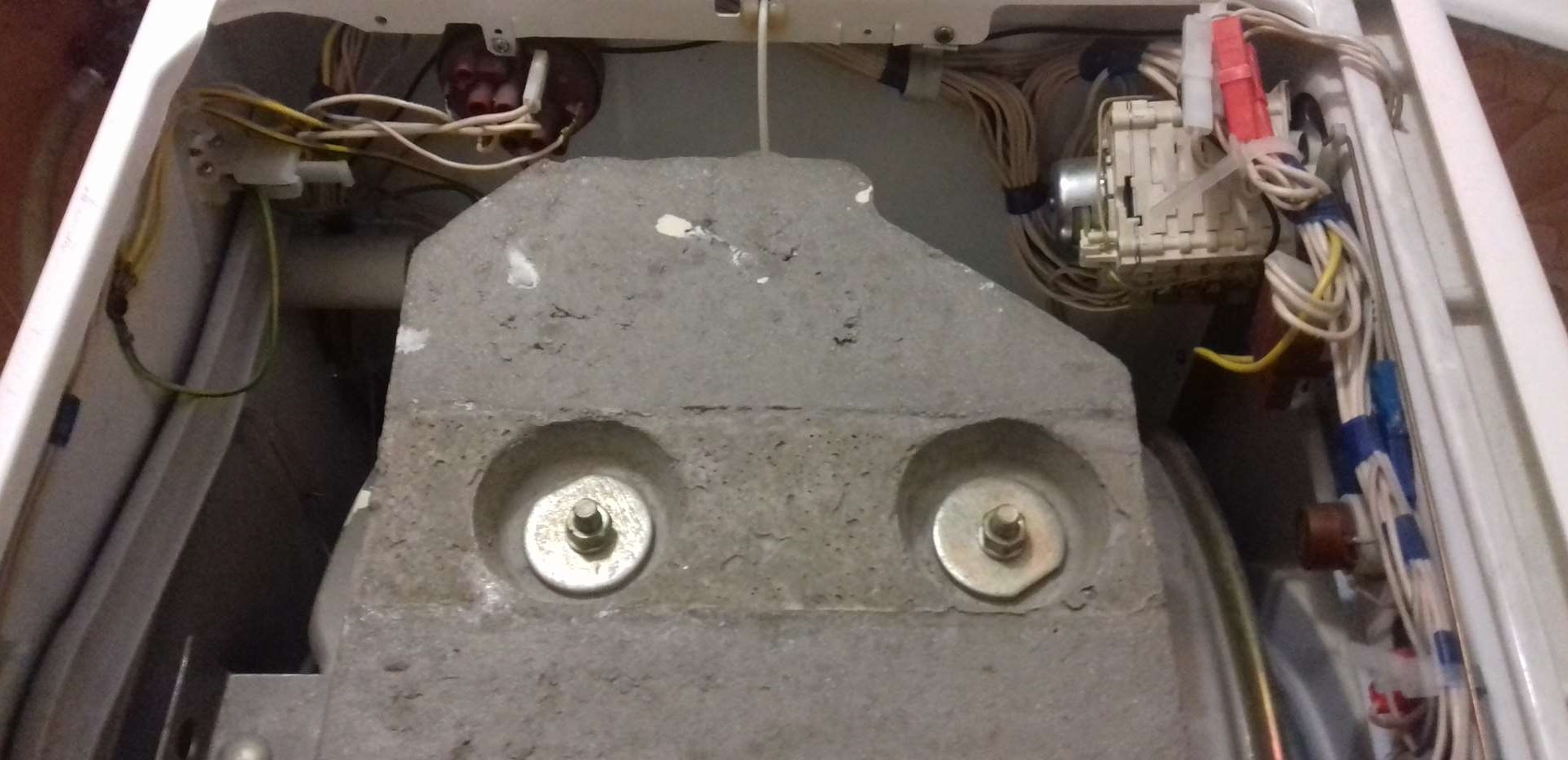
Thus, if such an element did not exist in washing machines, then due to centrifugal force they would simply fall on their side during operation, or move throughout the room with high jumps.
That's why a large counterweight is more of a plus for the device rather than a minus. Unfortunately, recently this advantage is often abandoned, for example, during the production of narrow washing machines, in which it is simply impossible to accommodate a large concrete counterweight, so they install a small one that is unable to effectively dampen vibration.In this case, you have to decide what is more important to you personally - the stability of the washing machine or its compact size.
Interesting:
Reader comments
- Share your opinion - leave a comment

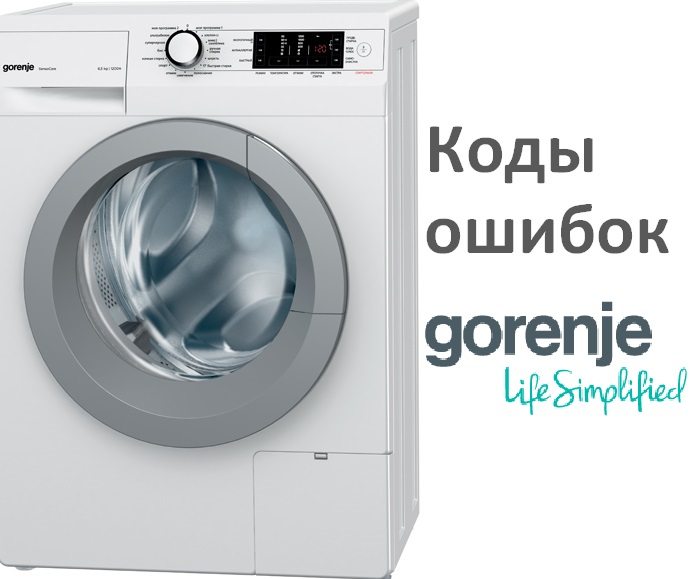

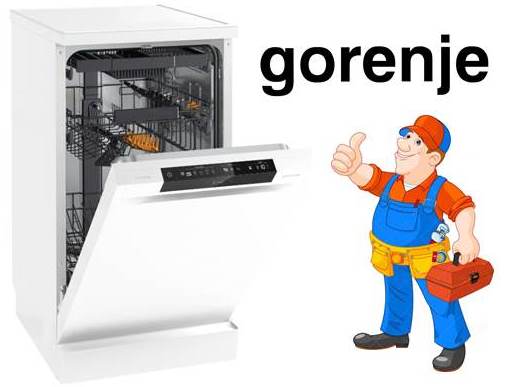
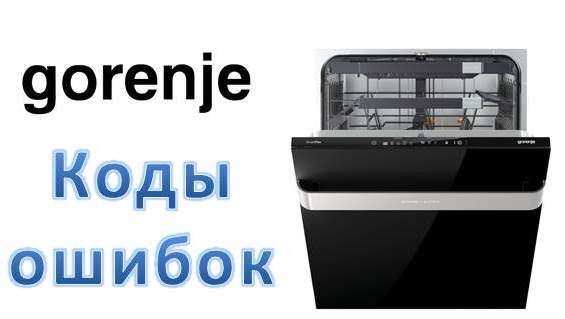
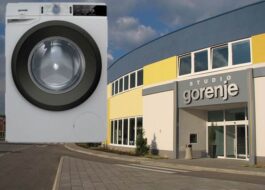
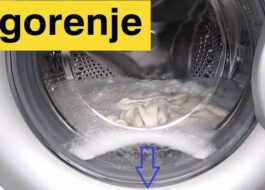














Add a comment